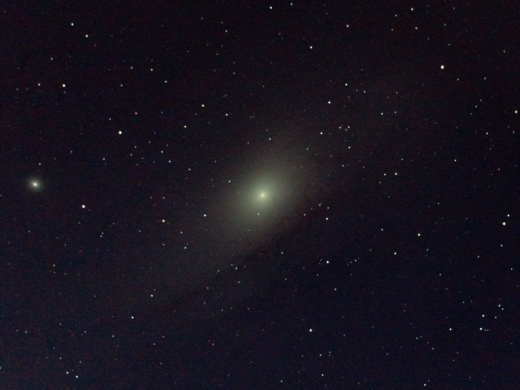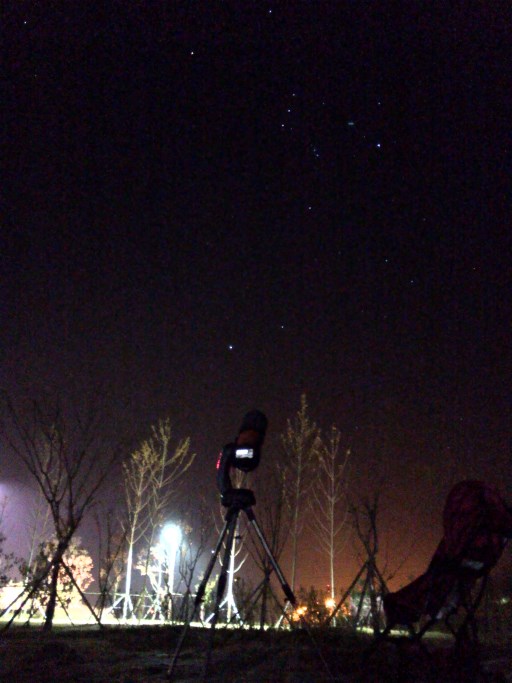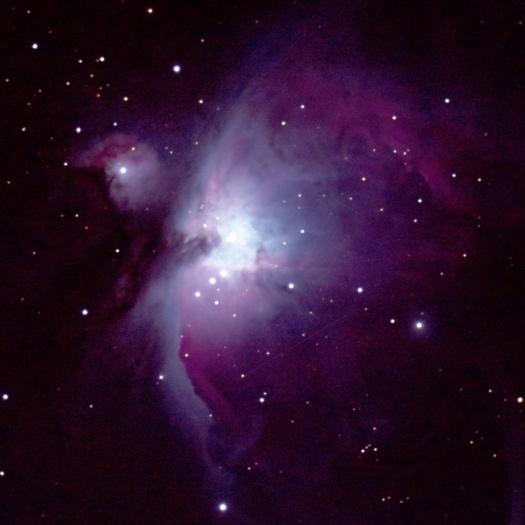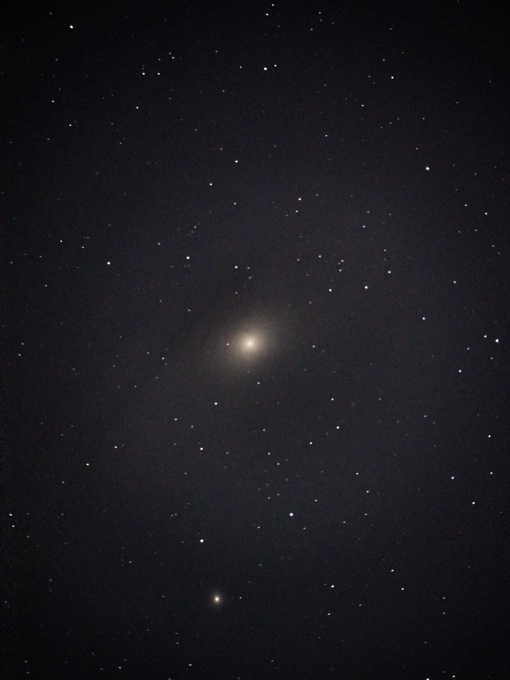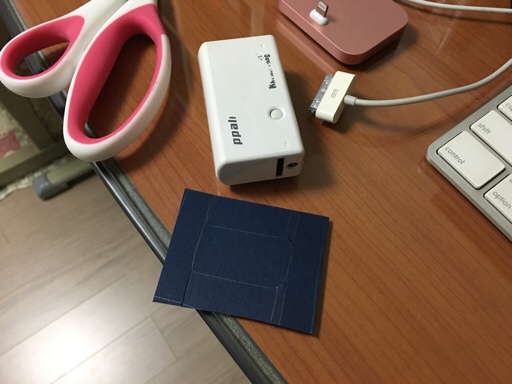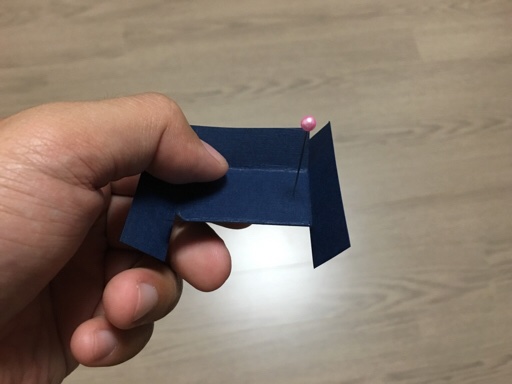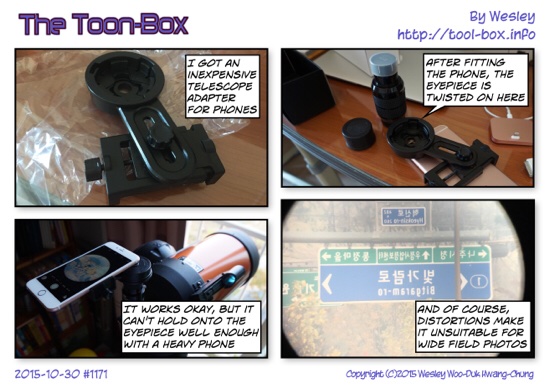And oh, here's Andromeda Galaxy
Posted by Wesley onJust before taking photos of the Orion Nebula on November 12, I pointed my telescope to get some images of the Andromeda Galaxy. This was, of course, in hopes of getting better results than a week ago. And as you can see, there were indeed some improvements. Details near the core are more noticeable, and a part of the outer "ring" is starting to get visible on the lower left if you look with a bright monitor. Still, it seems that I need even darker skies to get a clearer photo of this galaxy.
FYI, the tiny galaxy to the left of the Andromeda Galaxy is Messier 32. If you click on the picture for a larger view, you can see another galaxy, Messier 110, at the bottom right as a fain blob.
Telescope: Celestron NexStar 6SE + f/6.3 focal reducer
Device: Sony A5000 (prime focus)
Settings: (945mm) - ISO 1250 - 30s - (f/6.3)
Filters: None (3 photos) + Baader M&S (2 photos)
Time: 2015-11-12 00:06-00:19 KST
Location: Naju, Korea
5 photos stacked with Deep Sky Stacker 3.3.4
Defined tags for this entry: Andromeda, Celestron NexStar 6SE, focal reducer, galaxy, Sony A5000, star, telescope
